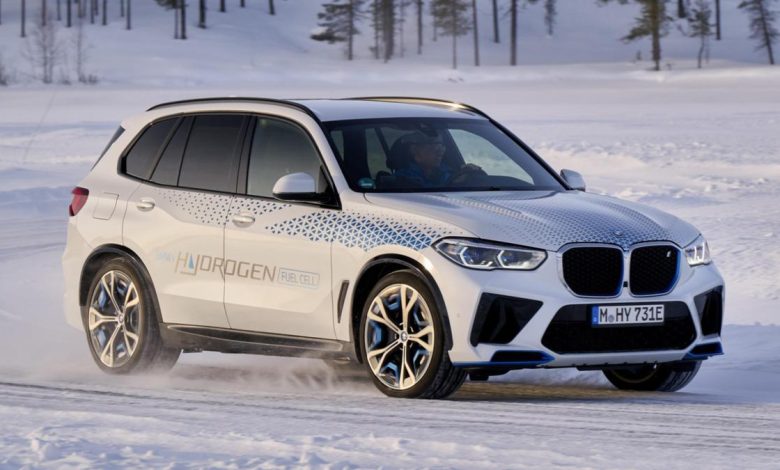BMW will decide if hydrogen lives or dies this year

BMW will decide whether to put hydrogen fuel cell electric vehicles (FCEVs) into production by the end of 2024.
If given the go-ahead, BMW’s first hydrogen-powered production model could launch by the end of the decade, joining the German manufacturer’s growing range of electric vehicles (EVs).
Speaking to Australian media at the local launch of the iX5 Hydrogen FCEV pilot fleet, BMW’s General Manager of Hydrogen Technology Dr Jürgen Guldner confirmed that a decision on the future of the project was imminent.
Get the news with the 7NEWS app: Download today


“We’ve got the pilot fleet now … we’re currently using feedback on these cars to hopefully make a decision later this year whether to go into production with this or not,” Dr Guldner said.
“We haven’t decided which car, but we are ready to launch a vehicle this decade.
“We are looking at different options on how to do it. But when the time is right, we will announce it.”
This initial production of FCEVs will pave the way for widespread deployment in 2030, as outlined by Dr. Guldner.


“With hydrogen, we intend to follow the steps we took with battery electric vehicles,” explained Dr. Guldner.
“We started with a pilot fleet of electric Mini and BMW ActiveE 1 Series and from that experience we designed the first battery electric model, the i3, which came out in 2013.
“This allowed us to then introduce battery drives across the entire range of models from Minnie to Rolls Royce. With hydrogen, we think we will do the same.
“The deployment will come later, in 2030, because this is a long-term project.”


Pilot fleet of X5The iX5-based hydrogen SUV is currently completing a global tour, with BMW gathering feedback and data to inform potential future production plans.
Australian journalists had the chance to drive the development cars in Melbourne on Monday, which were tested in a variety of environments from the icy landscapes of Sweden to the deserts of the Middle East.
The hydrogen passenger car market has been experiencing growing pains in recent years.
Two FCEV models are currently sold overseas – this one Toyota Mirai sedan and Hyundai Nexo small SUV – but demand has decreased.
Last year, just 2,968 new FCEVs were sold in the U.S., all of which were in California. The Toyota Mirai made 2,737 sales, while the Hyundai Nexo contributed just 241 sales to the total. For context, 1.2 million BEVs were sold during that time.


Energy giant Shell has shut down all California hydrogen filling stations in response to the drop in demand. There are less than 10 active petrol stations in Australia.
Outside of passenger vehicles, hydrogen fuel cell technology is also used in some aircraft and heavy-duty vehicles.
BMW first showed a hydrogen version of the 7 Series in 2005, and the X5-based iX5 SUV made its debut in 2021.
“There are already many hydrogen cars on the market. We’ve been working on hydrogen for 40 years, just looking for the right moment in time to release it,” concluded Dr. Guldner.
“It makes sense for us as BMW to find the right moment in time, we are currently looking at that.”


The current iteration of the BMW iX5 is powered by a hydrogen fuel cell drive consisting of two carbon fiber reinforced plastic (CFRP) hydrogen tanks that can store up to 6 kg of hydrogen under a pressure of 700 bar; fuel cell producing 125kW; and electric motor and battery.
The total power of the system is 295 kW, which allows the iX5 to complete the sprint from 0 to 100 km/h in about six seconds.
Charging takes less than five minutes, and BMW claims a range of over 500km.
The current internal combustion X5, on which the iX5 is based, is nearing the end of its life cycle, with a new generation model expected in 2026.



